Students start each day with meditation
During her first year as principal of Suisun Elementary in Suisun City, Calif., in 2014 Ann Marie Neubert suspended 102 students — out of a student population of 550 —for disrupting their classes. It was a serious problem, but the school’s teachers didn’t know what to do. “[Teachers] felt like they were using all the tools in their toolbox and it wasn’t changing behavior,” she recalls.
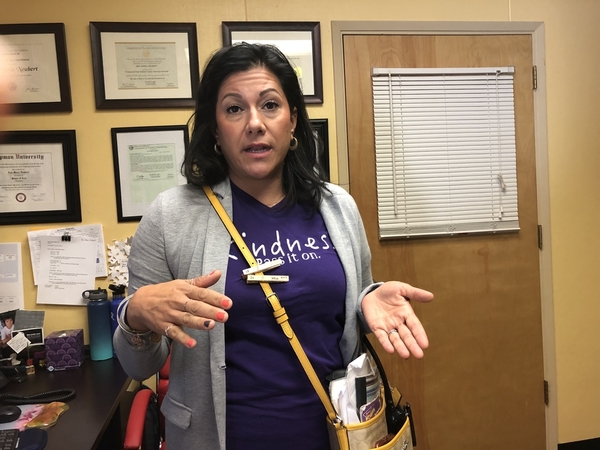
Too many students were spending too much time out of class, says Neubert: “It was interfering with their learning. Looking at the data and the numbers and where we were, it just became evident we needed to do something different.”
This year, not a single student was suspended, says Neubert. And other data from the California Department of Education’s School Dashboard show improvements for Suisun Elementary. Although its students are rated 64.7 points below standard in testing in English Language Arts, according to the California Department of Education’s School Dashboard, the 2018 report showed a 5.5 point increase from the previous academic year.
How did this happen? The transition began three years ago, when every staff member — custodians, front office staff, cafeteria workers, teachers and the principal — began participating in a program that integrated the science of adverse childhood experiences into their work and lives. In a nutshell, instead of punishing students for outbursts and disruptions, teachers now implement trauma-informed practices that show them how to spot and intervene with students when they’re about to have a meltdown. If they’ve already begun spinning out of control, a teacher will guide them to a place with tools to help them calm down.
Neubert partnered with the CLEAR program, which stands for Collaborative Learning for Educational Achievement and Resilience. It’s a model developed by Dr. Christopher Blodgett and other colleagues at Washington State University (WSU) in 2006. CLEAR was piloted in 2010 and has been refined each year since then, says Blodgett, director of the Child and Family Research Unit at WSU. The CLEAR program has been adopted in some 60 schools, including Neubert’s, serving some 25,000 students in Washington, Oregon, Alaska and California.
According to a report describing CLEAR, at the program’s core is the science of adverse childhood experiences, including resilience science. This approach describes how childhood trauma can easily trigger a child’s brain into “fight, flight or freeze” mode, how recognizing trauma triggers and creating safe spaces for students in the grip of an outburst can minimize interruptions in learning, and how building positive relationships between adults and children impacted by trauma can buffer the long-term effects of trauma and build resilience.
One of the biggest takeaways for Neubert during that first all-staff training in 2016 was about behavior. “If we want to change the behavior of the students, we have to change the behavior of the adults,” recalled Neubert.
CLEAR is informed by the landmark Centers for Disease Control and Prevention/Kaiser Permanente Adverse Childhood Experiences Study (ACE Study) that found stark and substantial links between 10 different types of common childhood traumas — such as divorce, living with a parent who’s dependent on alcohol or is depressed, or experiencing verbal abuse — and the adult onset of chronic disease, mental illness, violence and being a victim ofviolence in more than 17,000 adults. Each type of ACE counts as 1 in an ACE score. Researchers found that an ACE score of 4, for example, increases the risk of alcoholism by 700 percent and suicide attempts by 1200 percent compared with someone who has an ACE score of 0, according to a study in the Journal of Preventive Medicine. An ACE score of 4 or more is associated with twice the risk of heart disease and cancer. And an ACE score of 6 is linked to a decreased lifespan of 20 years compared to someone with 0 ACEs. (For more information, go to ACEs Science 101. To calculate your ACE and resilience scores, go to: Got Your ACE Score?).
On top of that, ACEs are extraordinarily common. Sixty-two percent of the population has 1 or more ACEs, according to 2014 data from 23 states using the CDC’s Behavioral Risk Factor Surveillance System. This finding is one of the reasons Blodgett and colleagues put childhood adversity at the center of their model for schools, and call ACEs a public health crisis. To get across how widespread ACEs are, Blodgett puts it this way: “The experience of adversity is either your personal story or the story of someone you love.”
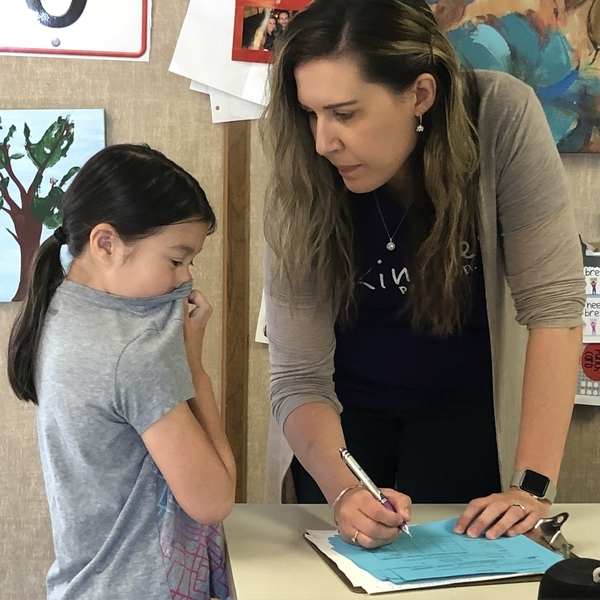
For Christine Guy, a teacher at Suisun Elementary, the training that focused on ACEs science and how trauma affects the brain and behavior was eye-opening. “I think it needs to be a part of how teachers are educated in credentialing programs and early on. They need to be exposed to this information,” says Guy. She began as a classroom teacher, and now works in academic support in the “Check in-Check out” room, set up for kids who may need a break when they’re triggered in class. The room is a refuge from an unwanted encounter with other students, or simply a place to work in small groups.
“It felt like finally somebody is speaking our language; this is what we live every day,” adds Neubert, in response to the training that explained how a triggered child was physiologically unable to talk or learn.
In the parlance of CLEAR, a child triggered by trauma is in the “downstairs” brain, referring to the amygdala, the part of the brain that’s activated when a person is triggered into fight, flight or freeze. In that state, the prefrontal cortex of the brain where learning and decision-making takes place, shuts down. Reason and talking rationally are out of reach. The entire student body and staff were taught hand signals that signal the different brain states, and posters showing those signals are all over the school. The posters show a closed hand indicating that a child is ready to learn and in their “upstairs” brain. A slightly opened hand means “their learning compromised.” And a completely open hand means the child is completely triggered, in their downstairs brain and has “flipped their lid.”
In a corner of Christine Guy’s room, a first-grader is kneeling on the carpet in an area known as a regulation station. She appears oblivious to the adults around her as she focuses intently on grabbing fistfuls of neon blue kinetic sand, spreading it out, kneading it, forming it into two small mounds and then spreading it out again. Regulation stations are in every classroom and in Neubert’s office, she explains. Besides kinetic sand, they also include puzzles, pencils and paper to draw or write, books to read, rubik’s cubes and toys with colored water, all tools that students can use to soothe and calm themselves, explains Neubert.
The areas were repurposed from “time out” areas to regulation stations when the school moved to a strengths-focused model in using tenets from a federally-funded program known as Positive Behavioral Intervention & Supports.Other examples of that shift to PBIS are students who are late to school are given “welcome” cards instead of “tardy” cards to present to their teachers. “This is so that kids don’t have to feel ashamed about being late,” explains Neubert.
After about five minutes, Guy asks the student, “Are you in your upstairs brain?” “Uh-huh,” the child responds in a barely audible voice. “You want to tell me what happened?” queries Guy. After their talk, she sends the child back to class and sums up their interaction. “She wanted to share about her visit to the carnival with [her teacher] and the class and it wasn’t her turn and she flipped her lid,” says Guy. “You never know what’s going to trigger a kid, it could be something as little as that, but to the child it could be so much bigger and they don’t have the words to express it.”
And during her talk with the child, the child explained what happened, and that she was going to apologize to the teacher and tell her teacher about the carnival visit at recess.
“In the past, it was difficult to get them to say what they did because they were so afraid of a punishment,” says Neubert. “And now we start the conversation with ’if I don’t know what happened, I can’t help you make it right. So, let’s talk about what happened so we can make it right. And, so, they’re more willing to open up.”
As part of CLEAR training, teachers also learned how to be proactive in identifying students’ triggers. “If Sally gets a cut and she’s going to freak out every time she gets cut if she doesn’t have a Band-aid right there, put Band-aids on her desk,” says Neubert, citing one example learned from the training of how to prevent a trauma trigger from emerging. Another example, says Neubert, is awareness that if a kid is hungry they may be more easily triggered. So, teachers keep snacks on hand in their classrooms. A CLEAR consultant made monthly visits to the school, observed classes, answered questions and helped reinforce the idea of looking at what drives the behavior of a student who is triggered. The consultant taught the staff about self-regulation and co-regulation (how teachers can regulate themselves when they are stressed and how to model regulation for their students); strategies to help students regulate when they are struggling with big emotions and behaviors; how to have empathy and compassion while holding kids accountable; how to increase safety, predictability and consistency across environments; what self-care is and how to integrate it; and how to understand triggers for children and adults. The consultant also showed staff how to help students restore their relationships with teachers or other students.
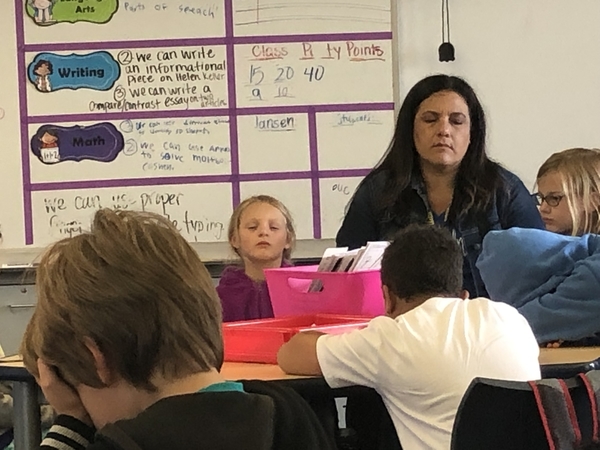
There are other schoolwide practices that Neubert has implemented to help keep students on an even keel. “Close your eyes and listen to the sound of rain to begin,” intones a gentle male voice beginning the morning meditation in Jenel Jansen’s class of 2ndand 3rdgraders. The meditation is from a mindfulness program known as Inner Explorer. The entire class and Jansen sit with their eyes closed. One boy is kicking his foot back and forth under his chair. Another rests his head on the table in front of him. “Let’s tune into our heart, our sense of care for others, we’ll be quiet, remembering each time your mind starts to wander gently focus back to your breath, in and out.”
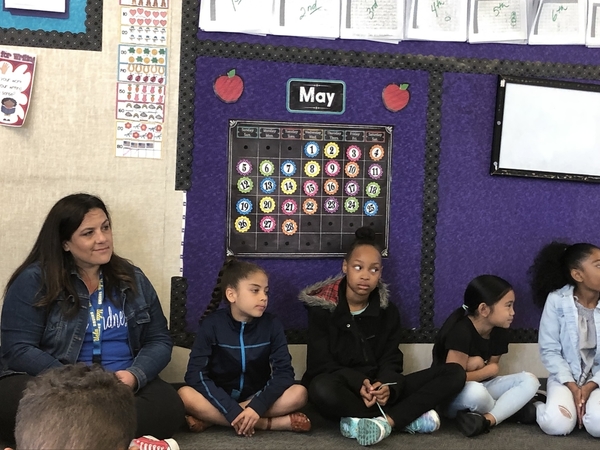
After the meditation and a time for journaling, the students assemble in a circle on the floor into what is called their morning meeting, an innovation brought to the campus by Christine Guy and a fellow teacher. Jansen leads them through an exercise where each child is prompted to mention someone they admire and why they admire them.
Does the meditation and circle meeting make a difference? For Jansen, there’s no doubt: “They come in with all sorts of thing on their minds. Mindfulness is a chance for them to come in, get centered and learning ready.”

And while all these measures may help the majority of kids, some will need more assistance when they’ve hit a rough spot in their day. That’s where Brandon Thompson comes in. He’s officially a behavioral technician at the school. For Thompson, learning about the ACE Study and how trauma can impact the brains of the young students he serves made him rethink some of his approaches. “One student I have, both of his parents are incarcerated and he Iives with his grandma,” who Thompson says is tough and firm with her grandson. “So, when I deal with him, I use a tone of caring and concern, because that firmness makes him shut down.”
While teachers and staff have worked hard to look at helping their students before they flip their lids, they’ve also put their own care front and center. “This work can be emotionally and physically draining for our staff,” says Neubert. A standing item on their monthly meetings is checking in on staff morale and things they need support with. And there are the day-to-day needs: “If someone needs a five-minute break, they can reach out to a colleague,” says Neubert. They’ve taken yoga classes together and they have their own version of a regulation room, with yoga mats, magazines and positive messages where staff can recharge.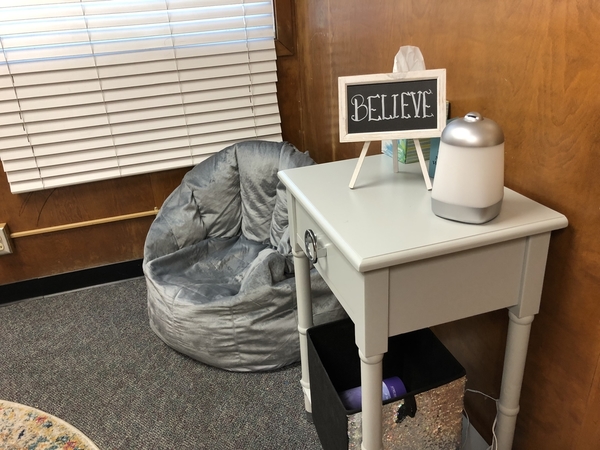
Looking back on the work they’ve done around recognizing and dealing with trauma in their students, Neubert says, “I really feel we’re at a place where it’s intrinsic. It’s what we believe. It’s what we do. It’s basic operating procedure. When I look at next steps, it’s how do we maintain the stamina and morale to keep that going.” As such, Neubert says they’ll continue to check the data for any shifts, “so that moving forward we continue to meet the changing needs of our students, our staff and our families.”

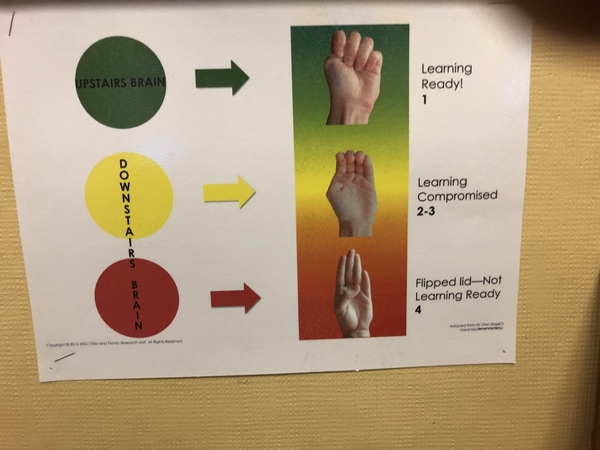
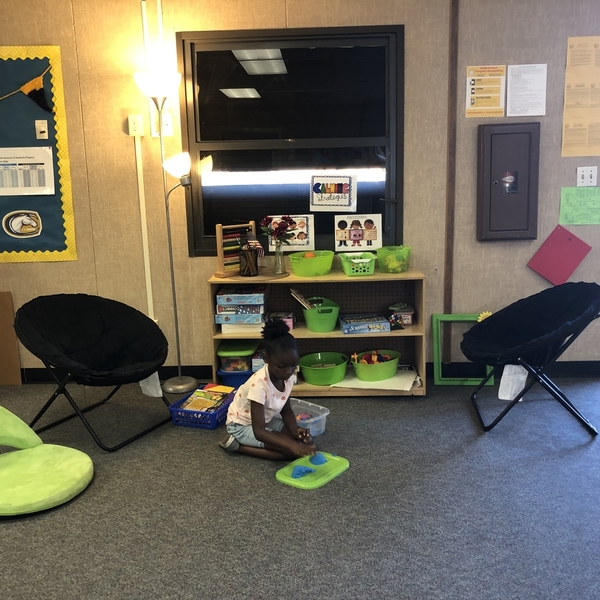
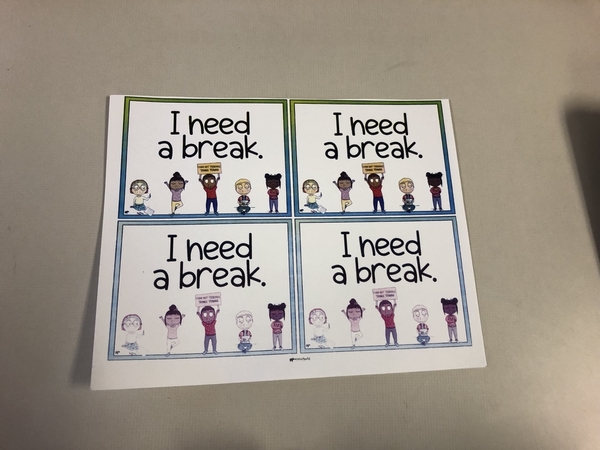
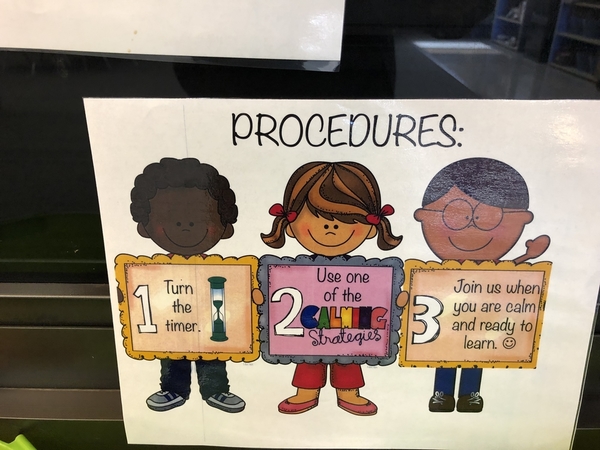











Comments (0)